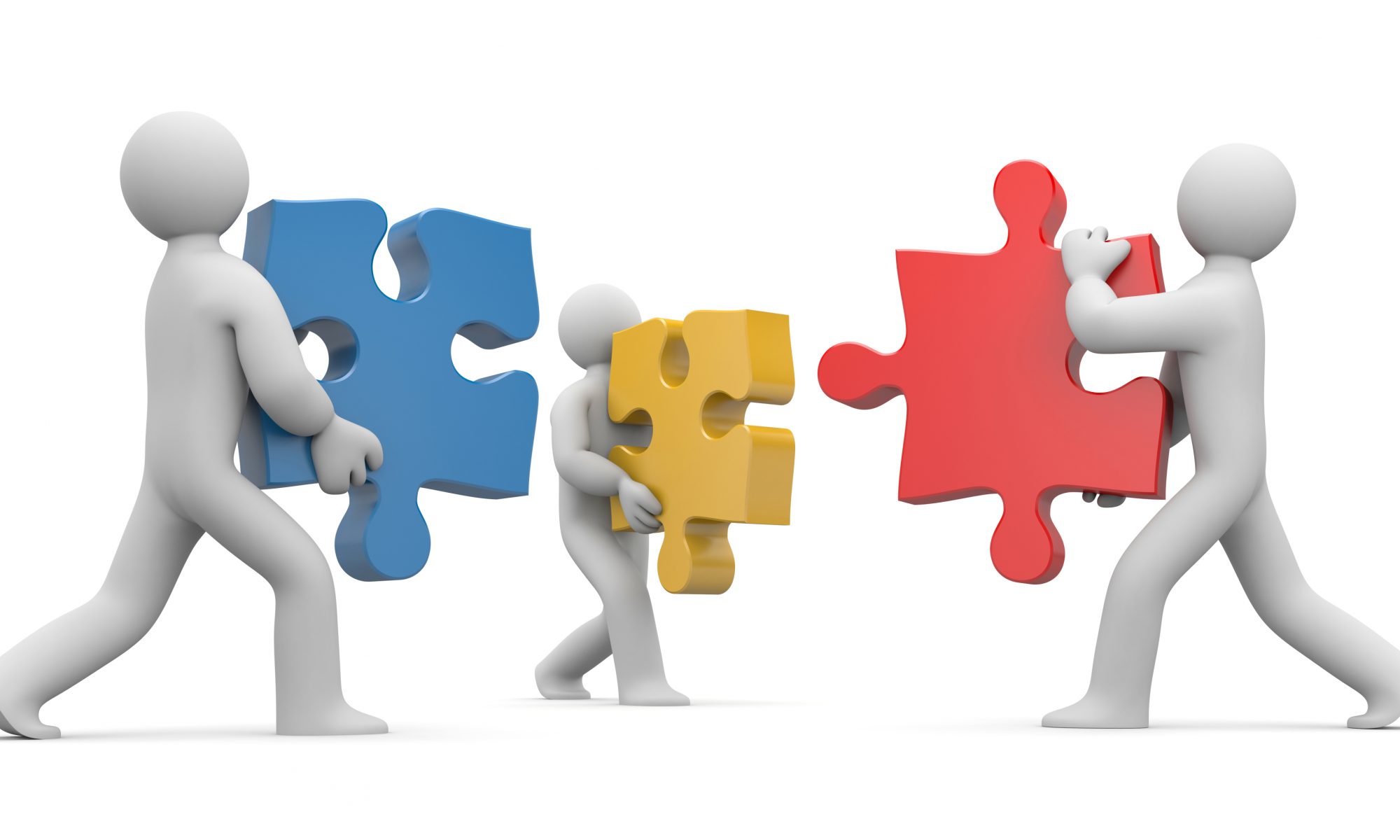Hi Everyone,
Today I will be talking about my community of practice during my time at the DSSF this summer 2019. As I know community is a very important, inherent part of Digital Humanities and DH without a community cannot survive. For me community is also important, especially because my project that I am working on is directed to the community of Gettysburg College and I want to connect with the community and strengthen the bonds of the community.
During the time of doing my project I was trying to engage with my community of practice, where I gained a lot knowledge and help me to develop my project and be closer to my goal. My main biggest help was R.C. Miessler, who was the assigned librarian for my project during DSSF. I was coming to R.C. all the times when I needed help and I got help every time. I was asking for help in technical support and how to start my project, R.C. showed me various possibilities of Augmented Reality platforms. Also, he supported in providing different devices so that I could develop my application on both iOS and Android and not be worried about lacking any resources. Moreover, he helped in getting a direction on my research of the history of Gettysburg College and R.C. pointed me to Special Collections, which was a perfect place for me to get plentiful resource for my project.
I met people in Special Collections and College Archives who were always willing to help me in my research. About the historical facts of Gettysburg College, Ron Couchman, the Special Collections Assistant, was the person who provided me with his knowledge of our College and he pointed me the historical works where I could find all the information about the College buildings. I was asking him any questions about the College and he could answer all my questions. It is very valuable for me to be able to talk with an alumni of our College, who was also a student as I am right now, and be able to look into his student life and now carry his past to the presence. I also got a very big help from College Archivist Amy Lucadamo who provided me information about the College buildings and also showed me to images of the buildings and pointed me to the resources where I could use them.
Also, during PCLA Digital Scholarship Student Symposium at Lafayette College I got also many helpful hints for my project that pointed me to a better solutions for my project. I was learning about other projects of so many students and I tried to learn what I could get from those projects and I also tried to provide them any help, but they almost finished their projects at that time. Also, the exchange with Bucknell University DSSFR was also fruitful in pointing me in a better direction and I once again tried to help them in their final step of their project.
For the technical support, I have got a big help from the Director of Education Technology, Eric Remy, who provided me computers with different operating systems, so that I would be able to develop my project on both iOS and Android. Furthermore, I also came to my computer science professor, Clifton Presser, who also provided me some helpful clues to start with AR.
I feel that in community of DH I am be the one always asking for help, but as I have worked on my project this summer, I am able and willing to provide help to DH community about the research of Gettysburg College history and also provide some technical support in starting with Augmented Reality development.
As being in a DSSF team, my cohorts have given me a lot of support and are always with me (we live in the same apartment) and I appreciate their help.
Thank You Everyone for Everything!
Have a good weekend,
JHA

